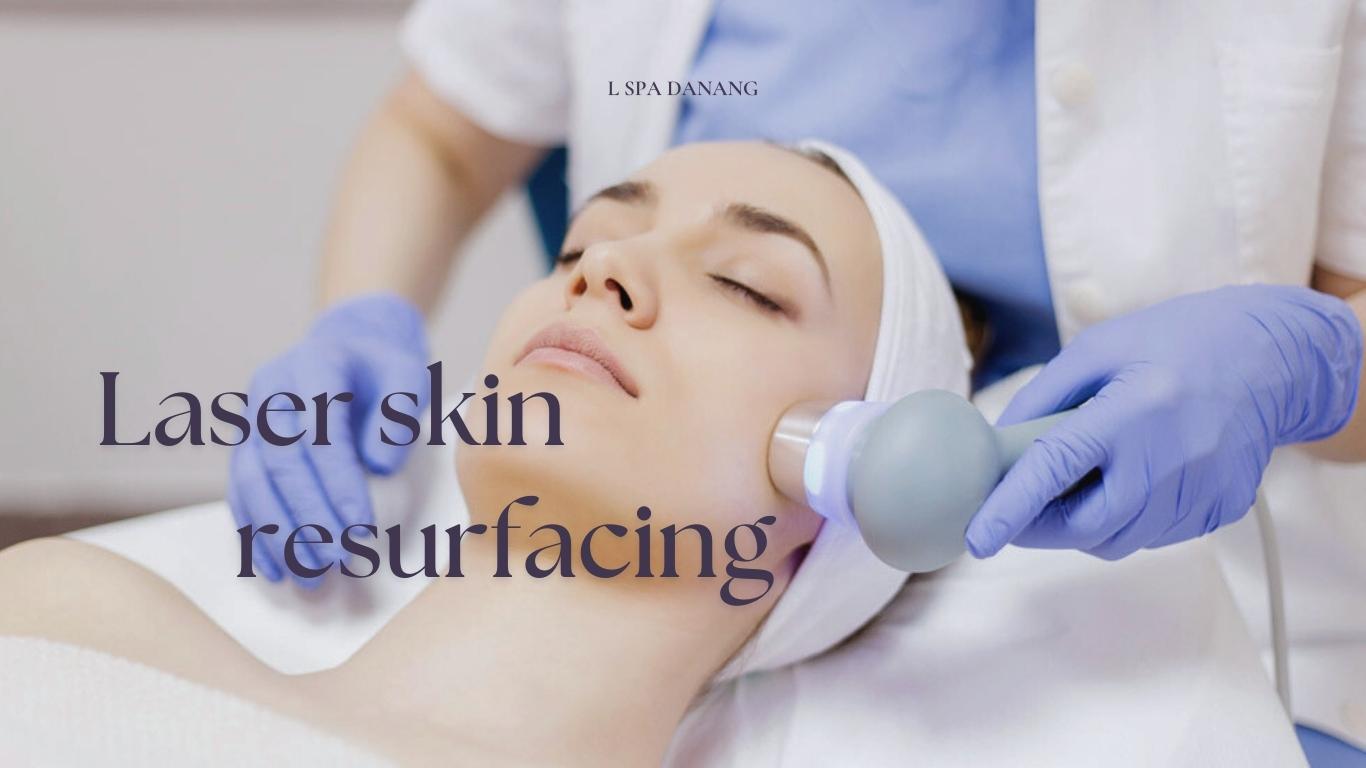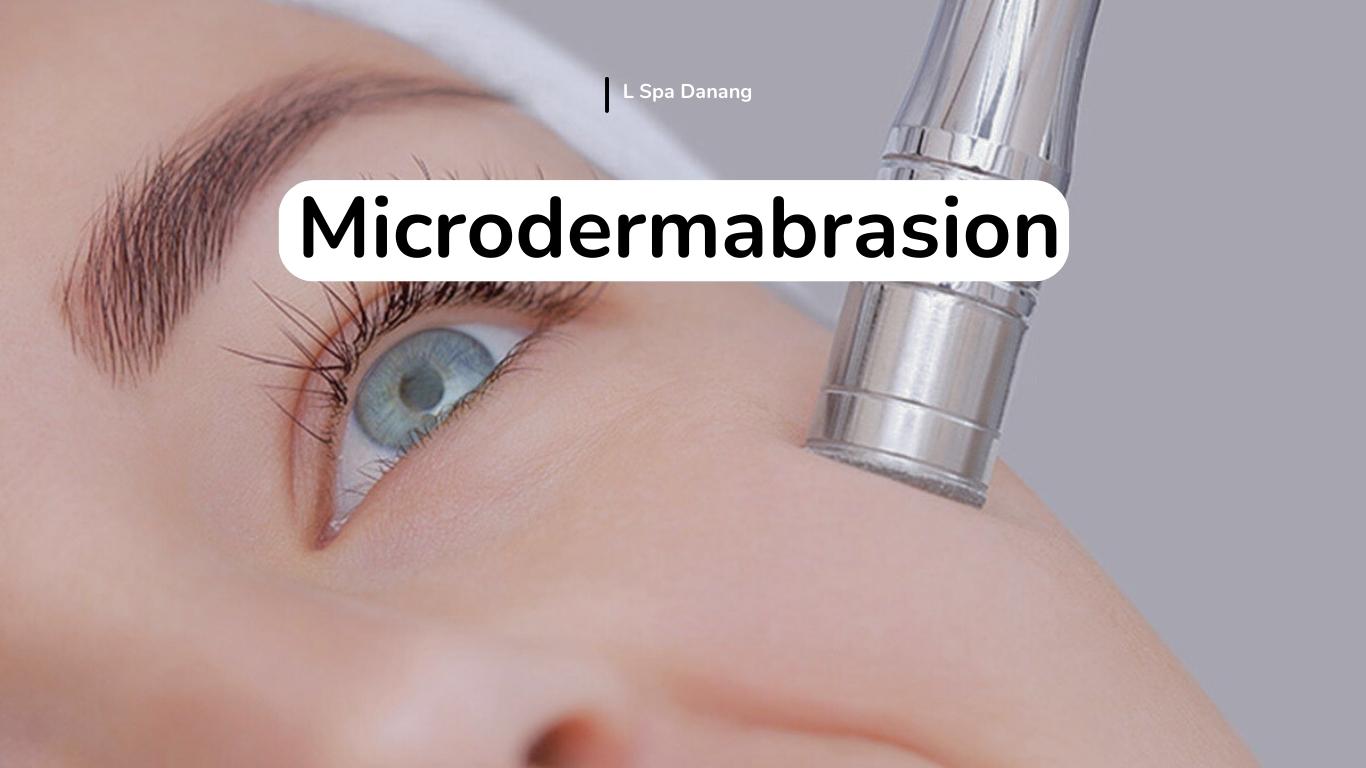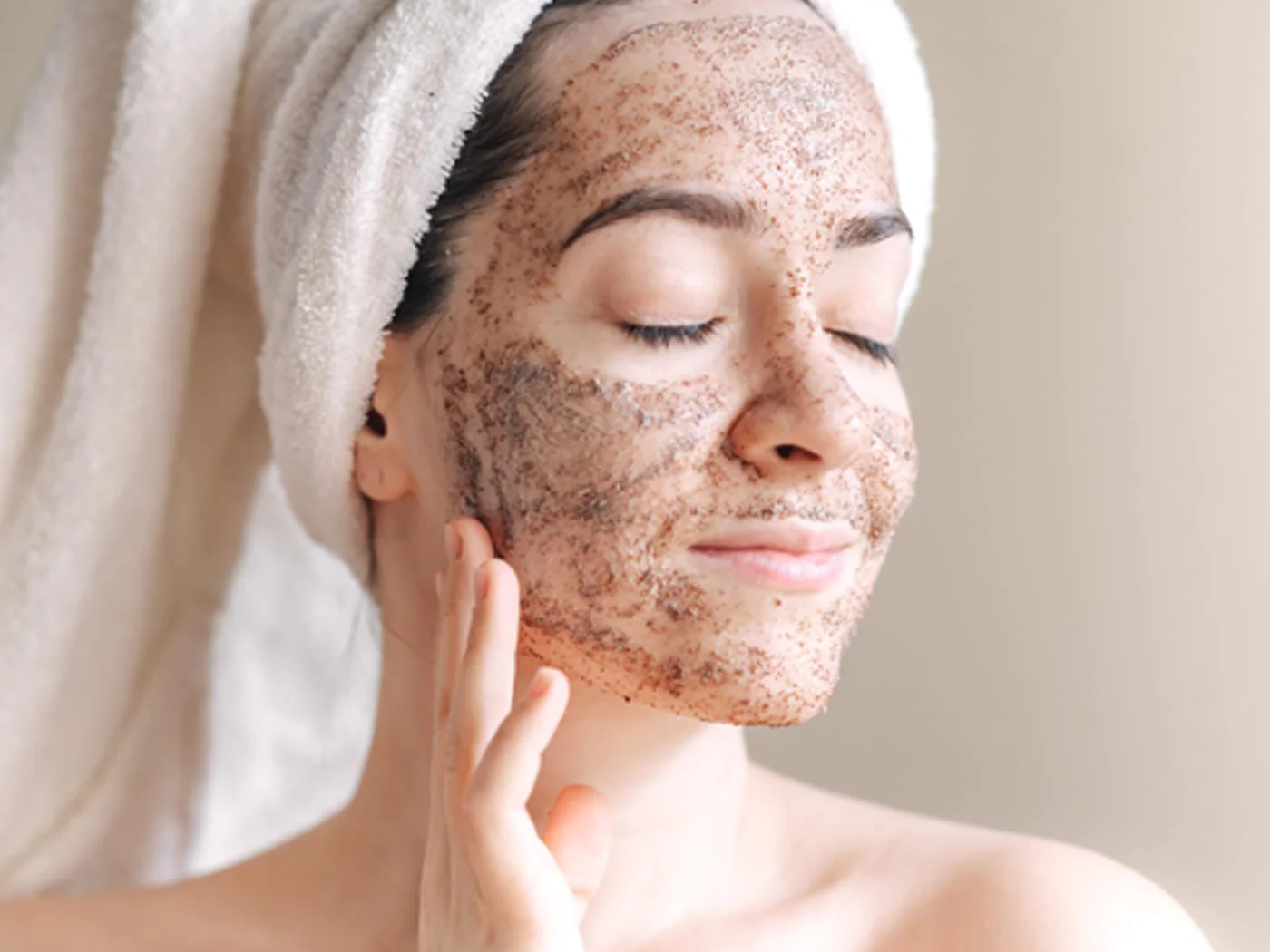The popularity of chemical peels for skin renewal has grown significantly in recent years and for valid reasons. This treatment can contribute to the renewal of your skin, providing a healthy and glowing complexion. In this comprehensive guide, we will delve into the process of a chemical peel and the benefits it can provide.

What is a Chemical Peel?
A chemical peel is a cosmetic procedure that entails applying a chemical solution to the skin. This solution induces the peeling of the top layer of the skin, unveiling rejuvenated, fresh skin beneath. The extent of the peel is contingent on the type of chemical employed and the intended outcomes.
Types of Chemical Peels
There are three primary types of chemical peels: superficial, medium, and deep. Superficial peels are the gentlest and are commonly employed to address minor skin issues like acne and fine lines. Medium peels are more potent and are suitable for treating more substantial concerns such as hyperpigmentation. Deep peels are the most intense and are typically reserved for addressing severe skin issues like deep wrinkles and scars.
The Benefits of Chemical Peels for Skin Renewal
- Skin Revitalization: Among the key advantages of a chemical peel is skin renewal. By eliminating the outer layer of dead skin cells, a chemical peel exposes revitalized, new skin underneath. This process can enhance the texture and tone of your skin, providing a healthy, youthful radiance.
- Acne Management: Chemical peels can serve as an effective remedy for acne. By removing the outer skin layer, a chemical peel aids in unclogging pores and diminishing the visibility of acne.
- Diminish Fine Lines and Wrinkles: Chemical peels are effective in reducing the visibility of fine lines and wrinkles. Through the stimulation of collagen production, a chemical peel works to enhance skin plumpness, leading to a reduction in the appearance of wrinkles. Skin renewal is a notable advantage of chemical peels.
- Address Hyperpigmentation: Chemical peels offer a solution for the common skin concern of hyperpigmentation. By eliminating the outer skin layer, a chemical peel contributes to minimizing the appearance of dark spots and promoting a more even skin tone.
Chemical Peel Uses and Applications
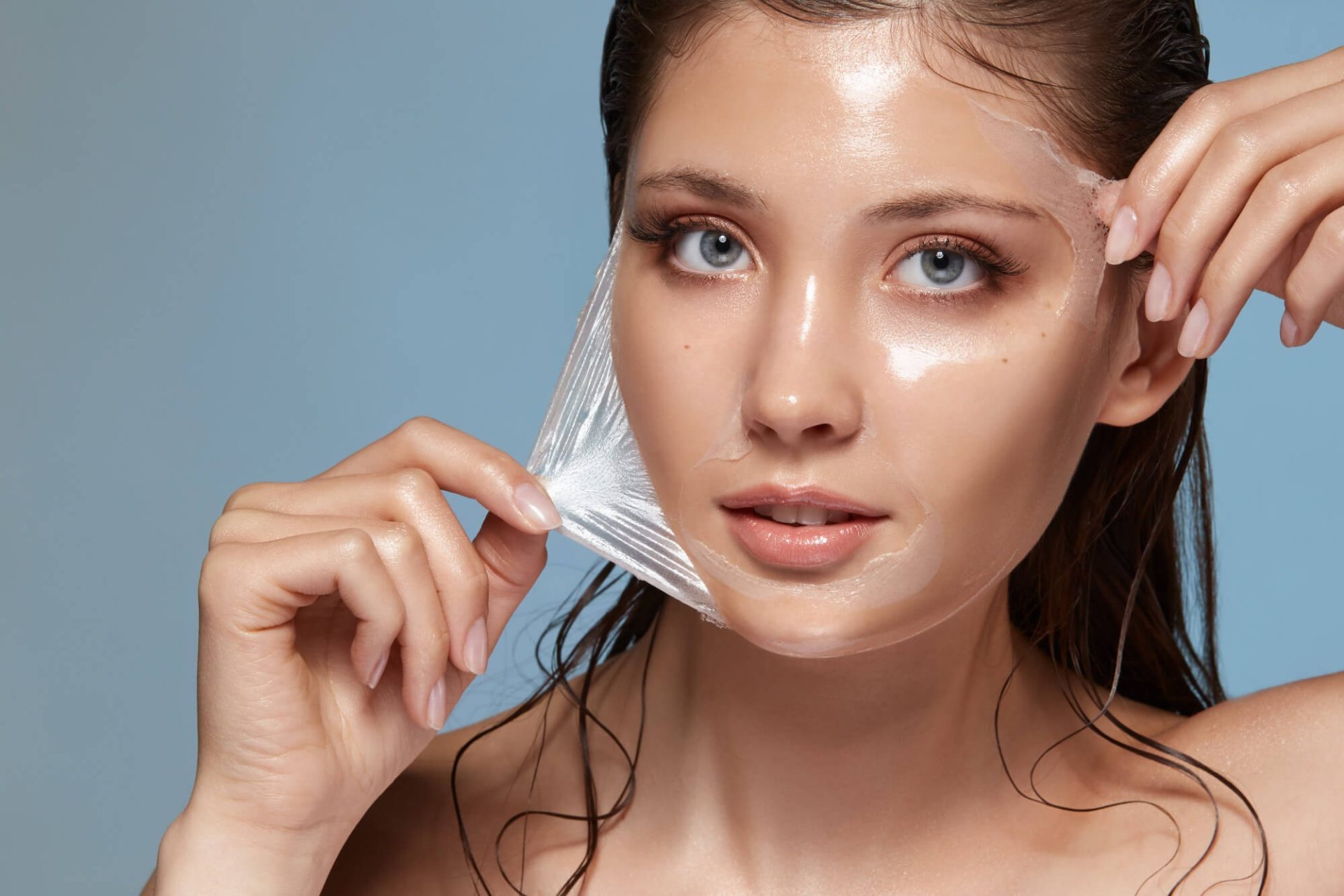
Superficial Peels: Refreshing the Outermost Layer
Superficial peels provide an excellent introduction to chemical exfoliation. They prove effective in treating minor imperfections such as dullness, uneven texture, and mild pigmentation irregularities. Often formulated with alpha hydroxy acids (AHAs) or beta hydroxy acids (BHAs), these peels delicately remove the top layer of dead skin cells, unveiling a brighter complexion.
Medium Peels: Addressing Moderate Skin Concerns
For more noticeable concerns like sunspots, moderate wrinkles, and uneven tone, medium peels offer a potential solution. These peels typically utilize trichloroacetic acid (TCA) to target deeper layers of skin, resulting in a more substantial renewal process.
Deep Peels: Targeting Severe Skin Damage
Deep peels are specifically designed for cases involving severe sun damage, deep wrinkles, and significant scarring. These peels often employ phenol-based solutions, penetrating deeply to stimulate collagen production and address more substantial skin issues. Given their intensity, deep peels necessitate a longer recovery period.
Common Skin Concerns Treated with Chemical Peels
The versatility of chemical peels is a significant attraction, offering a wide array of products to address various common skin issues. Beyond enhancing overall skin texture, tone, and appearance, chemical peels can be highly effective in treating conditions such as:
- Acne and Acne Scarring: Chemical peels are effective in addressing active acne and minimizing the visibility of post-acne scars. The exfoliation process helps unclog pores, prevents future breakouts, and fosters a smoother skin texture. By shedding the top layer of damaged skin, chemical peels promote the growth of new, healthier skin cells, resulting in a clearer complexion.
- Sun Damage and Hyperpigmentation: Chemical exfoliation proves beneficial in reducing sunspots, age spots, and damage caused by sun exposure. The peeling process eliminates the top layer of pigmented skin cells, revealing fresher skin beneath. Through a series of treatments, chemical peels can progressively even out skin tone and diminish the appearance of discoloration.
- Fine Lines and Wrinkles: Collagen loss contributes to the development of fine lines and wrinkles. Chemical peels stimulate collagen production through controlled exfoliation. As the skin undergoes healing, it becomes plumper and smoother, diminishing the appearance of fine lines and wrinkles and resulting in a more youthful and revitalized complexion.
- Melasma: Melasma, characterized by brown or grey patches on the face often triggered by hormonal changes, is a common skin condition. Chemical peels can aid in lightening these patches by exfoliating hyperpigmented skin cells and promoting the growth of new, evenly pigmented-skin. Superficial and medium peels, when incorporated into a comprehensive skincare regimen, can be effective in managing melasma.
In your initial consultation, your practitioner will assess your objectives and the current condition of your skin to determine the most suitable type of chemical peel for you.
The Chemical Peel Procedure: A Step-by-Step Overview
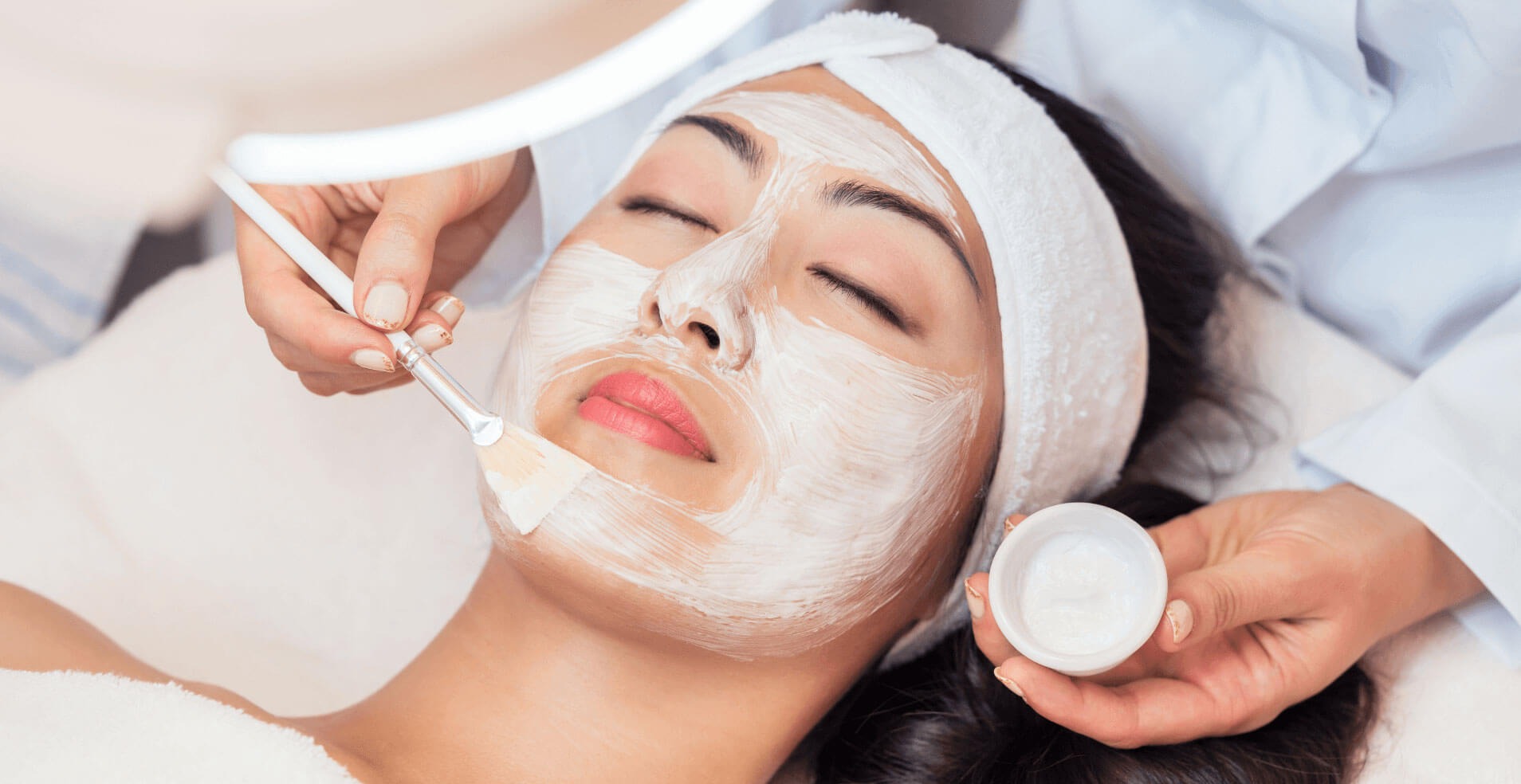
- Consultation and Preparation: The procedure invariably starts with a consultation with a skincare professional to address your skin concerns and goals. They will evaluate your skin type and suggest the suitable type and depth of chemical peel. Before the treatment, you may be instructed to stop using certain skincare products like retinoids to ensure optimal results.
- Cleansing and Prepping: The treatment area will undergo a thorough cleansing to eliminate any makeup, oils, or debris. This step is essential to ensure that the peel solution can penetrate the skin effectively.
- Application of the Peel Solution: The suitable chemical peel solution will be meticulously applied to the treatment area using a brush or applicator. The composition and strength of the solution will determine how long it remains on your skin. Your skincare professional will closely monitor this stage to ensure the desired effects are achieved without causing discomfort.
- Sensations During the Peel: As the peel solution interacts with your skin, you may experience mild sensations such as tingling, warmth, or a slight stinging feeling. These sensations are normal and typically diminish after a short period. If necessary, your skincare professional can provide cooling measures to enhance your comfort.
- Neutralization and Removal: At the appropriate juncture, the peel solution will be neutralized or removed using water or a specialized neutralizing agent. This halts the peeling process and prevents over-exfoliation.
- Post-Peel Care: Following the peel, your skincare professional will offer guidance on aftercare, which may involve gentle cleansers, moisturizers, and sun protection. Adhering to these instructions is crucial to optimize your results and minimize any potential side effects.
- Recovery and Results: In the subsequent days, you may observe some redness, flaking, or peeling. This is a natural rejuvenation process, as the old skin sheds to reveal fresher skin underneath. As the healing progresses, your skin will appear smoother, more radiant, and revitalized.
FAQs
Do chemical peels rejuvenate skin?
This controlled damage initiates the process of skin regeneration and remodeling, enhancing the overall appearance and texture of the skin. Skin resurfacing through a chemical peel has the potential to rejuvenate the aging face, neck, and hands, while also addressing medical conditions such as acne and actinic keratosis.
Are chemical peels good for aging skin?
Referred to as chemexfoliation or derma peeling, chemical peels have the potential to promote a smoother and revitalized appearance, addressing issues such as acne scarring and aging skin.
Do chemical peels increase collagen?
While the primary purpose of chemical peels is to remove surface layers of skin and reveal newer skin underneath, they can also contribute to a slight collagen response. This is because the newly revealed skin is often still in the process of formation and can be mildly irritated.
This article is for informative reference and to explore the processes, benefits, and uses of Chemical Peels for Skin Renewal. Note that L Spa does not provide these treatments, and the information provided is for educational purposes only. To learn about our available skin care services, please visit the L Spa Da Nang website.

